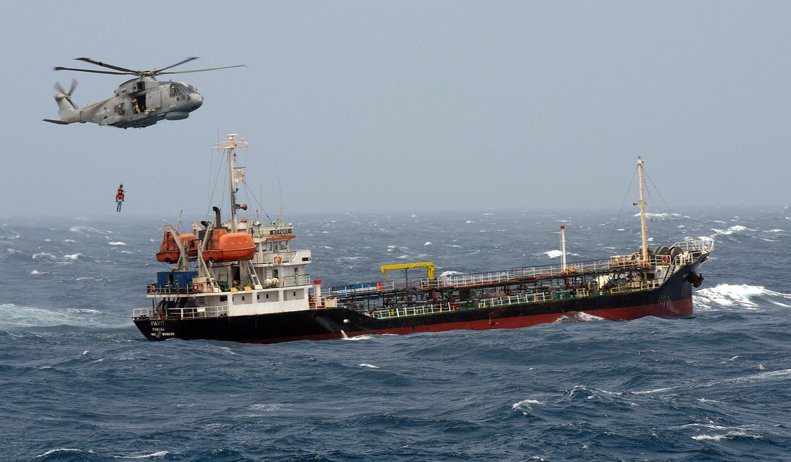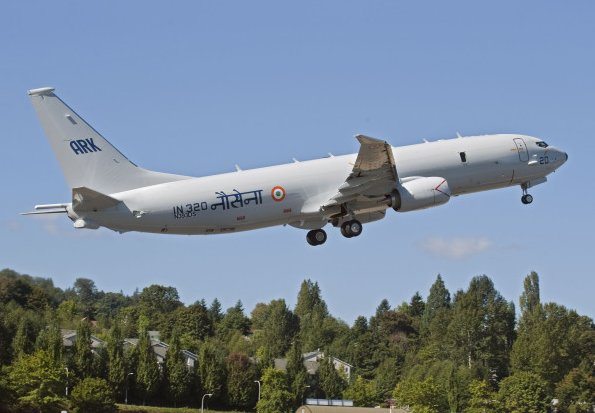The Navy’s largest and most powerful helicopter, the Merlin, is celebrating ten years in the front line.
The four Merlin squadrons, all based at RNAS Culdrose, marked the milestone with their first look at the next-generation Merlin, the Mk2, which made its first appearance at the Cornish airbase.
A prototype of the Merlin Mk2 made its debut at the Cornish air station – which has been home to the first version of the £40m helicopter since it joined the Fleet Air Arm.
The anniversary allowed Merlin air and ground crew to take stock of the helicopter’s achievements over the past decade, and stress its importance for the coming 20 years – it will serve the Navy until at least 2029.
The Fleet Air Arm flies 38 Merlin – looked after by a team of aircrew, engineers and technicians 650-strong across one very large training and three front line squadrons (824 and 814, 820 and 829 NAS respectively).
Right now, the Merlin fleet is heavily committed at home and abroad. The helicopters are currently:
- conducting counter-piracy/ counter-terrorism/ counter-smuggling/ counter-drugs-running duties east of Suez
- flying from the back of Type 23 frigates, including HMS Somerset and St Albans currently on patrol in the Middle East
- providing protection for the Royal Navy’s ultimate weapon, the strategic missile submarines on constant patrol
- training by day and night around the Cornish coast (typically there are half a dozen buzzing around Mounts Bay and beyond).
As far as the Merlin community is concerned, the helicopter is the most potent aircraft in the Fleet Air Arm’s inventory:
“If you’re the captain of a ship, you want something which can do anti-submarine warfare, can do counter-piracy, can drop off 11 troops. So if I was captain of a ship, I’d want a squadron of Merlins,” said Commander Darran Goldsmith, Commanding Officer of 814 NAS – the Flying Tigers. “It’s a brilliant aircraft – it does exactly what it says on the tin… and it’s a very big tin.”
The Merlin was originally designed as a submarine hunter to replace the venerable Sea King anti-submarine squadrons.
Since its introduction to the front line in the autumn of 2001, however, its mission has mushroomed as the Royal Navy has adapted to the post-9/11 world.
In short, the helicopter has seen “ten years of sustained and continuous operations,” in the words of Merlin Force Commander, Cdr Kev Dodd.
“The public face of Culdrose is often the red and grey Sea Kings of Search and Rescue, but there’s always a lot more going on here.”
So, in the decade’s service – during which time it’s clocked up around 100,000 flying hours – Merlin has supported operations in Iraq in 2003, followed by lengthy patrols with Type 23 frigates protecting the country’s oil platforms until that mission ended earlier this year.
Merlin has been used to trap drug runners in the Caribbean and pirates off the Horn of Africa, helped enforce the UN embargo off Libya earlier this year, supported amphibious exercises from Africa to the Mediterranean, as well as maintaining its original role of finding submarines with an extended deployment to the USA in the summer of 2010, and most recently working with HMS Turbulent and the US Navy in the Indian Ocean.
With the arrival of the Mk2 – the first is delivered to Culdrose for evaluation in September 2012 and will enter service the following year – which features complete new kit inside, include touch-screen computer displays for the aircrew, the coming years for the Merlin community are, says Cdr Dodd, “very exciting”:
“Merlin is a key pillar of the future Navy,” he continued. “It is one of the most versatile aircraft the UK has. It is here until 2029 – and maybe beyond.”











